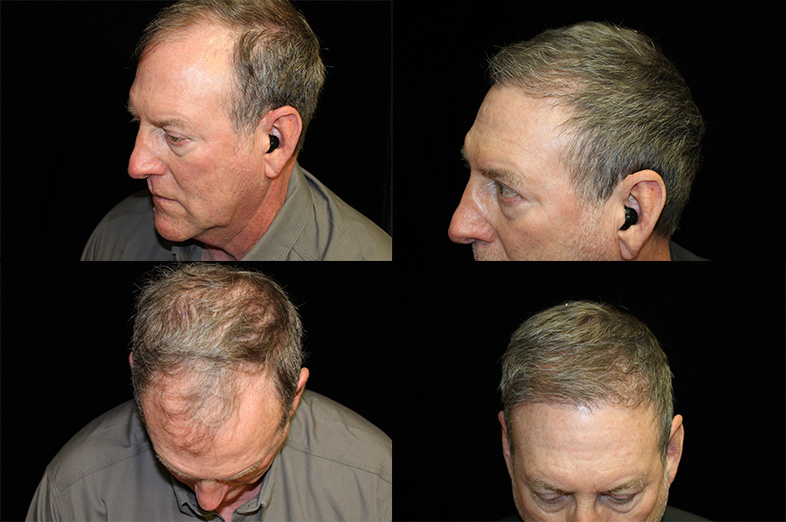Hair loss is a problem that affects millions of people globally, regardless of their age, gender, or ethnicity. However, with advances in science and technology, several solutions have been developed to help combat hair loss. Among these solutions are hair loss treatments and hair restoration. Many people confuse these two terms and use them interchangeably, but they are not the same thing. In this blog post, we’ll explore the differences between hair loss treatment and hair restoration and help you decide which solution is best for you.
Hair Loss Treatment:
Hair loss treatment is a solution that helps to prevent or slow down the progression of hair loss. Treatment is typically prescribed by a dermatologist or a hair loss specialist after an accurate diagnosis has been made. Hair loss treatments come in different forms such as topical medication, follicle injections, oral medication, hair loss shampoos, and more. These treatments are designed to address the underlying causes of hair loss, including genetic factors, hormonal imbalances, medical conditions, and stress. Hair loss treatments are generally less invasive and much less expensive than hair restoration, making them a popular choice.
There are drawbacks associated with hair loss treatment in that many hair loss treatments, such as minoxidil or finasteride, can cause adverse reactions such as itching, redness, or scalp irritation. Some patients may also experience more severe side effects such as dizziness, headaches, or sexual dysfunction. It’s important to discuss these potential side effects with your doctor and weigh them against the benefits of hair loss treatment or explore the option of hair restoration.

Hair Restoration:
Hair restoration, on the other hand, involves a surgical procedure that aims to restore hair in areas that have experienced excessive hair loss. This technique is used when the hair has already been lost, and no hair growth is occurring in that area. Hair restoration is carried out by a hair transplant surgeon, who removes hair from the back or sides of the head, and transplant it to the bald areas of the head.
Hair restoration is ideal for those who are looking for a long-lasting and more permanent solution. With the FUE or Follicular Unit Extraction hair transplant method, there’s minimal scarring and no stitches compared to the traditional FUT or Follicular Unit Transplantation method. This method also requires less downtime and allows for a quicker recovery.
Hair restoration also has the advantage of being low-maintenance. Hair that has been restored requires no special care apart from the usual hair care practices. Patients can get back to their normal routines within a few days after the procedure. Hair restoration also makes it possible to wear hairstyles that you couldn’t have before due to baldness or hair thinning.
Hair restoration has been known to improve the quality of life of many patients. With improved confidence and self-esteem, individuals can engage better in social settings and professional environments. For many, hair restoration is not just a cosmetic procedure but a life-changing one.
In conclusion, hair loss treatment and hair restoration are two different solutions to the problem of hair loss. While their ultimate goal is the restoration of hair, the approaches employed to achieve this goal differ significantly.
Hair restoration has numerous advantages that make it a viable solution for those experiencing hair loss. It’s a long-term solution that provides natural results with minimal scarring and has low maintenance requirements. The procedure helps improve one’s appearance, boost confidence and ultimately improve the quality of life. If you’re experiencing hair loss, hair restoration may be just the solution you’ve been looking for.
Book a consultation with our office to learn more about Hair Loss Restoration with NeoGraft. By doing so, you can be well on your way to regaining your confidence and achieving a fuller head of hair.

